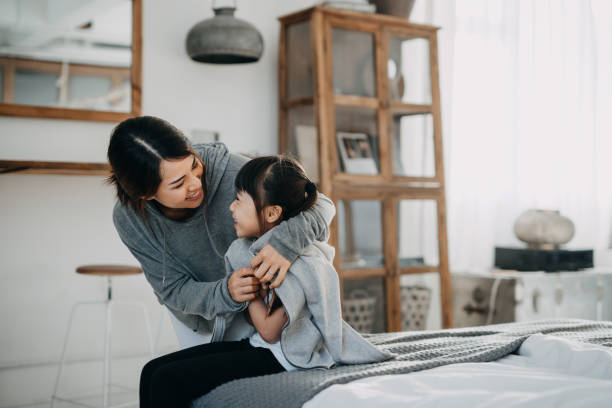Introduction
Keeping your child safe at home is one of the foremost responsibilities of any parent. With curious toddlers and energetic kids, the home can often turn into a maze of potential hazards. Understanding how to effectively childproof your home ensures peace of mind while fostering a safe environment for your little ones.
This comprehensive guide will walk you through essential safety tips for creating a secure and nurturing home for your child.
Why Childproofing Matters
Accidents are one of the leading causes of injuries among children. Simple household items and areas can turn into hazards if not addressed properly. Childproofing isn’t just about securing your home—it’s about creating a space where your child can explore safely.
Key Areas to Focus On
1. The Kitchen: A Hazard Hotspot
The kitchen is full of potential dangers, from sharp knives to hot stoves. To ensure safety:
- Use childproof locks on cabinets containing hazardous items like cleaning supplies and sharp tools.
- Install stove knob covers to prevent accidental burns.
- Keep breakable and heavy items on higher shelves out of a child’s reach.
- Ensure the trash can is secured or stored in a locked cabinet.
2. The Bathroom: Slips and Toxic Substances
Bathrooms often contain slippery surfaces and hazardous chemicals. Essential safety measures include:
- Installing non-slip mats to prevent falls.
- Using locks for medicine cabinets and drawers.
- Keeping all cleaning supplies and toiletries out of reach.
- Always empty bathtubs immediately after use to avoid drowning risks.
3. The Living Room: Securing the Center of Activity
The living room is where families gather, but it also has risks:
- Use corner guards on furniture to prevent injuries from sharp edges.
- Anchor heavy furniture, like bookshelves and televisions, to the wall to prevent tipping.
- Ensure electrical outlets are covered with child-safe covers.
4. Bedrooms: Safe Havens for Rest
Your child’s bedroom should be a peaceful and hazard-free zone:
- Avoid placing the crib near windows, blinds, or curtain cords.
- Use safety latches on drawers to prevent them from being pulled out.
- Keep toys organized to minimize tripping hazards.
5. Staircases and Hallways: Preventing Falls
Stairs are one of the most common areas for accidents:
- Install safety gates at the top and bottom of staircases.
- Ensure proper lighting to prevent trips and falls.
- Avoid placing rugs or mats near stairways as they can cause slipping.
6. The Backyard: Outdoor Adventures
The backyard can be a wonderful play area but requires vigilance:
- Secure swimming pools with fences and locked gates.
- Regularly inspect playground equipment for wear and tear.
- Keep gardening tools and chemicals stored in a locked shed.
Safety Equipment Every Parent Should Have
Equipping your home with essential safety devices is key:
- Smoke and Carbon Monoxide Detectors: Regularly check batteries and functionality.
- Baby Monitors: For keeping an eye on your child when you’re in another room.
- First-Aid Kits: Stocked with supplies to handle minor injuries.
- Fire Extinguishers: Ensure they’re accessible and in working condition.
Proactive Safety Strategies
- Conduct regular risk assessments of your home.
- Maintain a clean and organized space to avoid tripping hazards.
- Educate older children on basic safety principles.
- Supervise young children, even in a childproofed environment.
Emotional Benefits of a Childproofed Home
A secure home not only protects your child physically but also fosters emotional well-being. Parents can enjoy stress-free parenting, and children thrive in a nurturing, safe environment.
Conclusion
Childproofing your home is an ongoing process that evolves as your child grows. By implementing these safety measures, you can create a secure environment for your child to explore, learn, and thrive.
Remember, the goal is not to eliminate all risks but to minimize them while providing a loving and safe space for your family.

